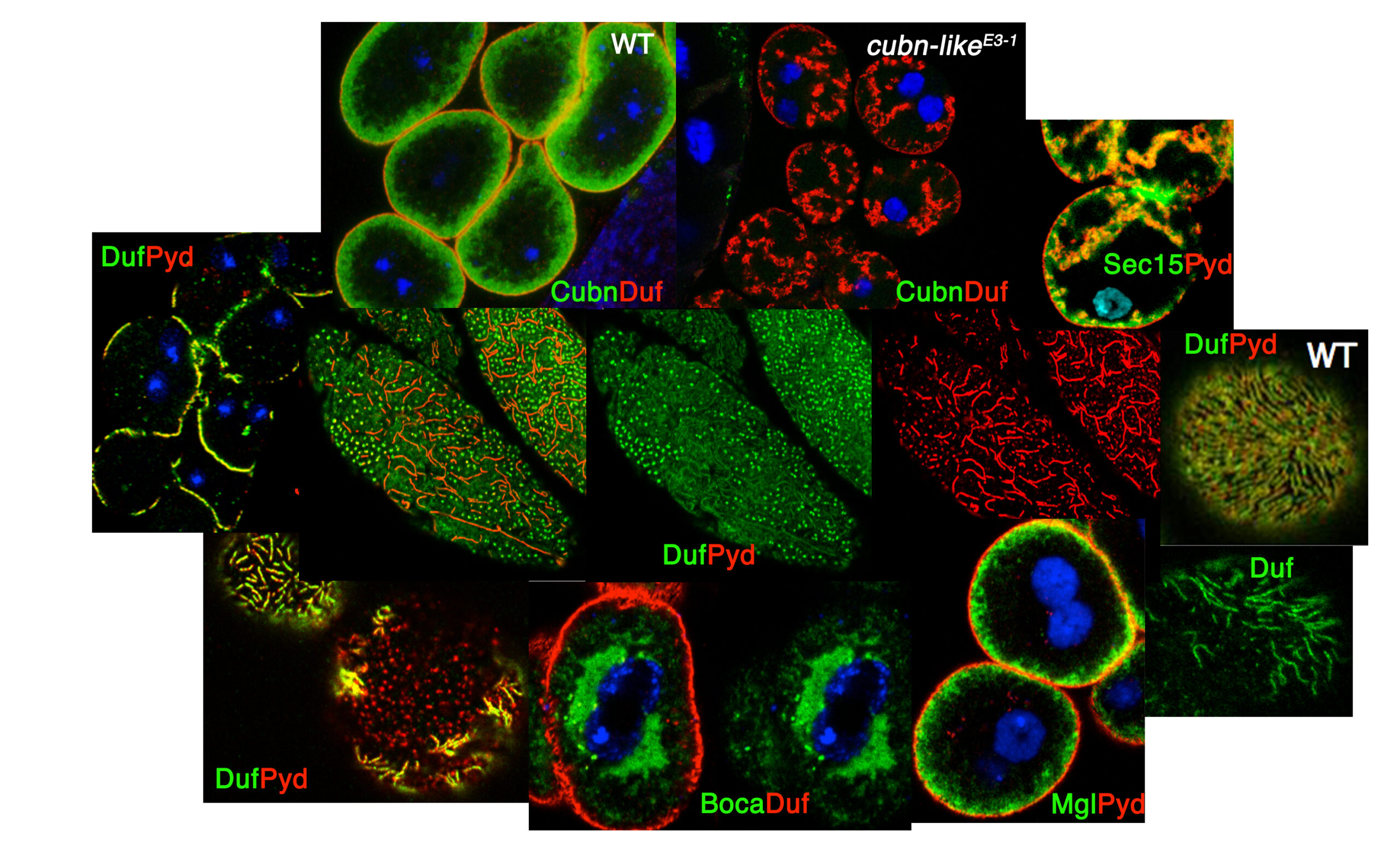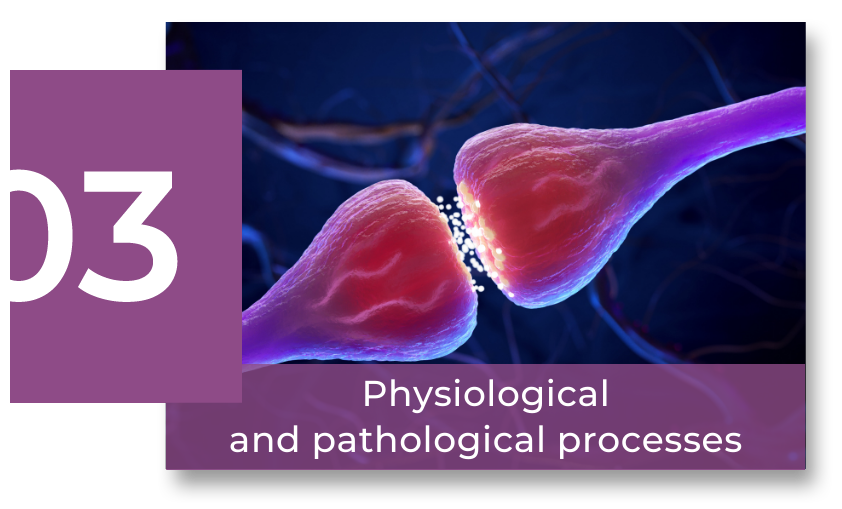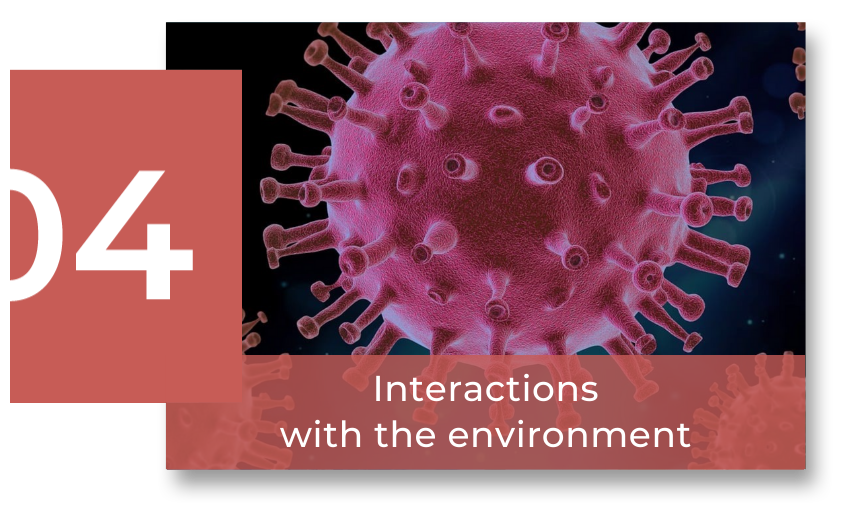Scientific Program
Tissue and organ homeostasis
RESEARCH GROUP
Genetic and functional analysis of the renal filtration diaphragm in health and disease
Renal slit diaphragms (SD) are the main target of injury in the development of nephropathies. We aim to understand the development, composition and function of the SD as well as its pathological abnormalities. To this end, we use two model organisms, D. melanogaster and D. rerio, and apply a variety of genetic, biochemical, molecular and cell biology techniques to uncover novel SD components and the regulatory mechanisms at work during SD development, damage and repair.

Research
Our research aims to understand the development, composition and function of the renal filtration system as well as its pathological anomalies. To this end, we make use of two model organisms, the fly Drosophila melanogaster and the zebrafish Danio rerio and apply a variety of genetic, biochemical, molecular and cell biology techniques.
Chronic kidney disease (CKD), whose incidence has been increasing in recent years, is one of the most prevalent diseases today, affecting 22% of the elderly population. It consists of a progressive loss of kidney function that, if left untreated, becomes irreversible and leads to end-stage renal disease, requiring renal replacement therapies. It is now accepted that CKD is mainly triggered by insults to the glomerular podocyte, a very specialized kidney cell responsible of the initial stages of urine formation. Most of these insults disrupt slit diaphragm function. The slit diaphragm, a modified cell junction, is a multiprotein complex formed by two major structural constituents, the Immunoglobulin family members, nephrin and Neph1 and their associated intracellular partners. It acts as a molecular sieve during the process of blood ultrafiltration in the glomerulus, limiting the passage of molecules according to their size and charge. Insults to this structure induce dramatic morphological changes (foot process effacement) and lead to proteinuria.
Pioneering collaborative work by our group demonstrated a striking similarity between the vertebrate podocyte slit diaphragm and the filtration diaphragm of the fly nephrocytes that spans the functional, structural, molecular and regulatory levels. These similarities allow us to exploit the power of Drosophila as a model organism to study the composition and assembly of the slit diaphragm as well as its regulation and alterations under pathological conditions. Some main objectives of our research are:
• To look for novel genes involved in the formation and function of the slit diaphragm. To this end, we apply the powerful genetic techniques available in Drosophila. Among the genes found, some currently under study, are genes involved in processes such as endocytosis, remodelling of the plasma membrane, vesicular trafficking and reorganisation of the cytoskeleton.
• To examine the dynamism of the slit diaphragm components and their regulation, by biochemistry, confocal and electron microscopy analyses. Thus, we have found that the stability of the fly slit diaphragm is regulated by phosphorylation of Duf, the orthologue of Neph1, by the Src64B kinase. The physiological status of Duf phosphorylation impinges on the constellation of its intracellular interactors and it is necessary for diaphragm stability, whereas Duf hyperphosphorylation induces diaphragm damage.
• To study slit diaphragm formation during development and unravel the molecular mechanisms driving its disassembly after injury and its subsequent repair. Thus, work carried out by our group let us to propose a novel mechanism to account for the junctional remodelling involved in diaphragm formation during nephrocyte development and in the processes of diaphragm damage and repair. Interestingly, our studies in the zebrafish suggest that this mechanism is conserved in vertebrates. The relevance of these data resides in the fact that the morphological changes that take place in podocytes during the formation of slit diaphragms and in response to damage and repair are driven by junctional remodelling. We are currently characterising in detail our model by analysing the fundamental steps during the process of diaphragm formation and by identifying novel components and regulators involved in junctional remodelling in nephrocytes and podocytes.
• To unravel the membrane remodelling processes required for slit diaphragm assembly.
• To investigate the interplay between vesicular trafficking routes and cytoskeletal remodelling that take place during slit diaphragm assembly and dynamism.
Our overarching goal is to translate to vertebrates the knowledge acquired in our experimental model, Drosophila, to help understand and treat CKD.
Group members

Mar Ruiz Gómez
Lab.: 420 Ext.: 4694
mruiz(at)cbm.csic.es

Marta Carrasco Rando
Lab.: 420 Ext.: 4693
mcarrasco(at)cbm.csic.es

Joaquín Culí Espigul
Lab.: 420 Ext.: 4693
jculi(at)cbm.csic.es
Selected publications

The insect nephrocyte is a podocyte-like cell with a filtration slit diaphragm
Helen Weavers et al.

A specific isoform of Pyd/ZO-1 mediates junctional remodeling and formation of slit diaphragms
Marta Carrasco-Rando et al.

Endocytosis mediated by an atypical CUBAM complex modulates slit diaphragm dynamics in nephrocytes
Alexandra Atienza-Manuel et al.

An acytokinetic cell division creates PIP2-enriched membrane asymmetries leading to slit diaphragm assembly in Drosophila nephrocytes Icon for The Forest of Biologists
Marta Carrasco-Rando et al.





